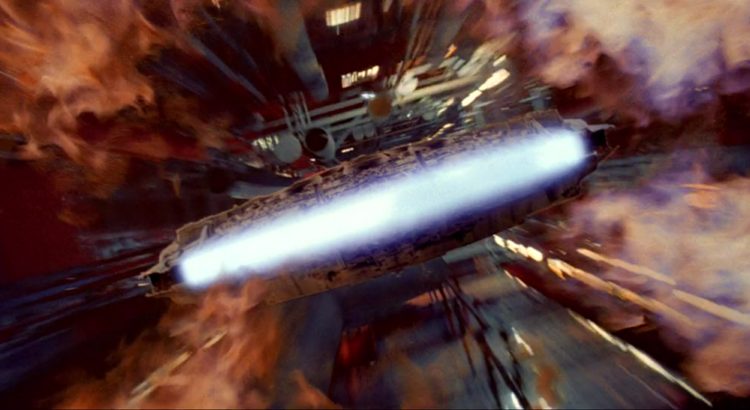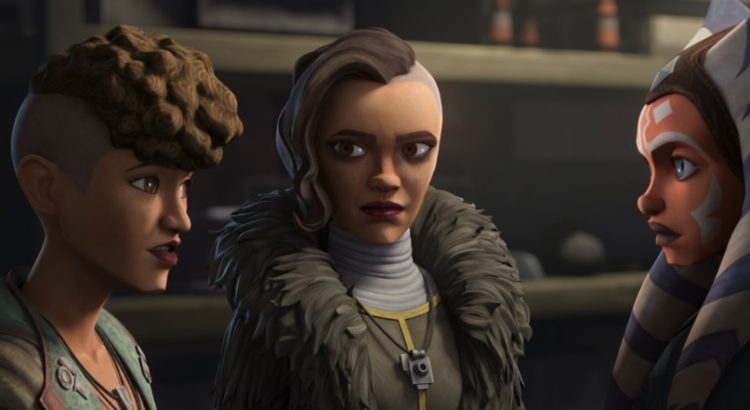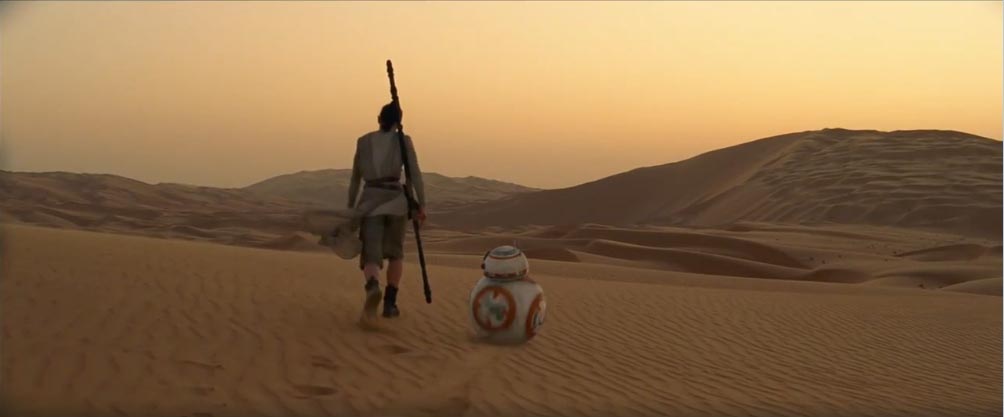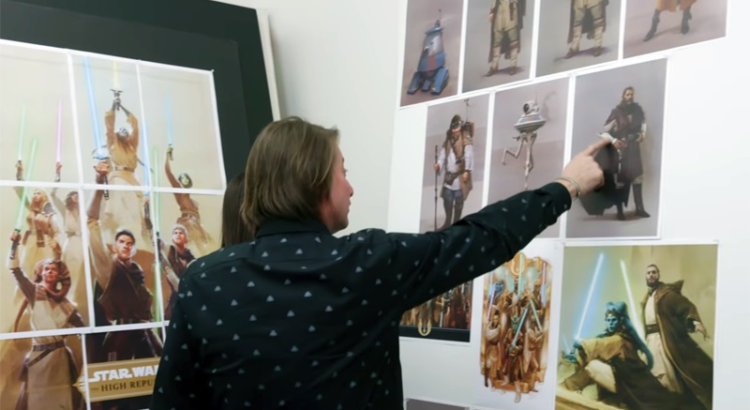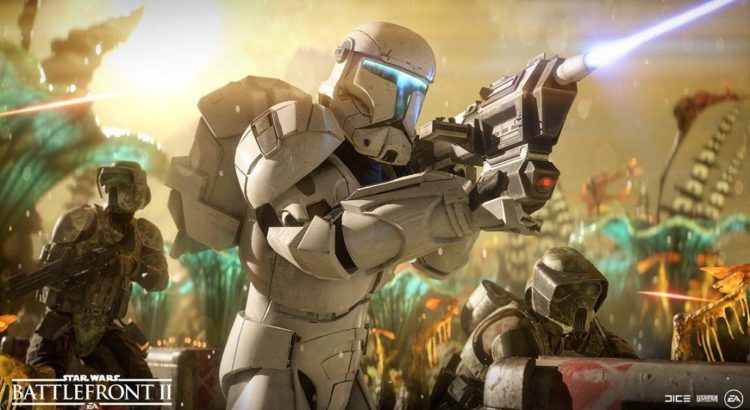I don’t use the word perfect a lot, but I do for the space battle over Endor in Return of the Jedi. That film, released 37 years ago (nearly one month after the birth of a future online admiral with a penchant for fish people), undoubtedly laid out the structure for how good space battles are designed, shot, and utilized narratively. It is the fleet battle against which all fleet battles in sci-fi are measured against. Our gold standard.
Before I dive in, I’d be remiss if I didn’t give a quick shout out to the brilliant minds at Industrial Light & Magic, both past and present. Those wizards created fantastic physical and digital models for these space battles and the techniques to film or compose a shot. Regardless of these battles’ narrative elements, ILM’s work is perfect and without peer.
This article will focus primarily on the narrative structure of a good space battle and how, when used properly, they can be an integral and memorable part of a film. To do so, I will first showcase the decisions and story beats that comprise the space battle over Endor. Second, I will compare these traits to what we see in the two major fleet battles of the modern Star Wars era, the Battle of Scarif in Rogue One and the Battle of Exegol in The Rise of Skywalker. Along the way, we’ll see what works, what doesn’t, and what are the elements of the “secret sauce” that makes a damned good space battle!
Read More